I'm working on a circuit design with a microcontroller that runs on 3.3V. I'd like to be able to power it either through a 3.3v supply or a USB port. I'm using an spx3819 regulator.
What would be the best way to achieve this? What I have in mind so far is something like this:

Basically, the 3.3V signal is fed into an inverter, which disables the regulator. This 3.3v signal is also directly fed into the microcontroller (not shown in the schematic).
Is there any better way?
EDIT: The Vout is directly fed into the microcontroller. Vout is 3.3v. When high, the 3.3v source will disable the chip, regardless of the voltage at Vin (the enable pin disables the chip at < 0.4v).

